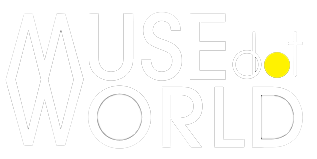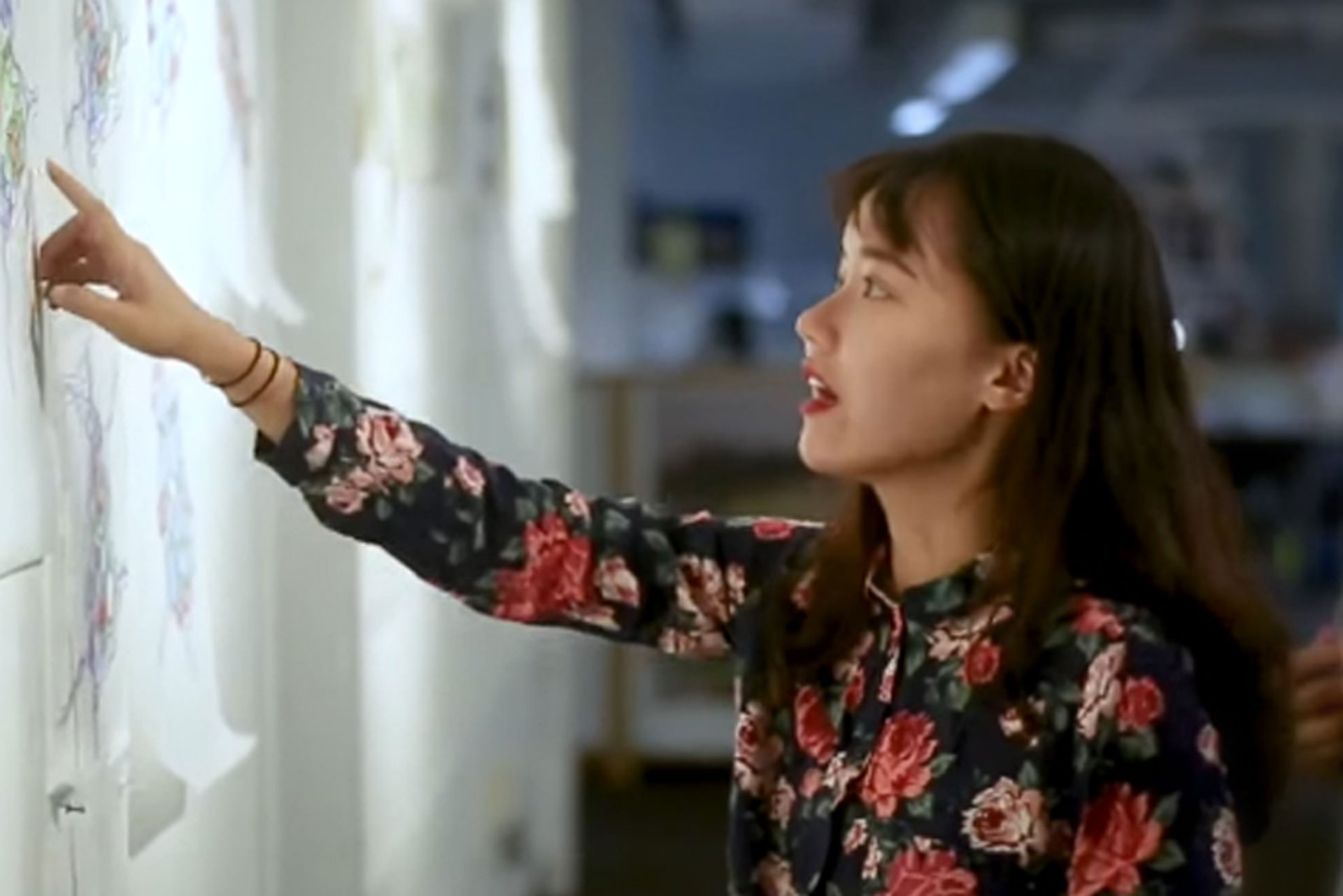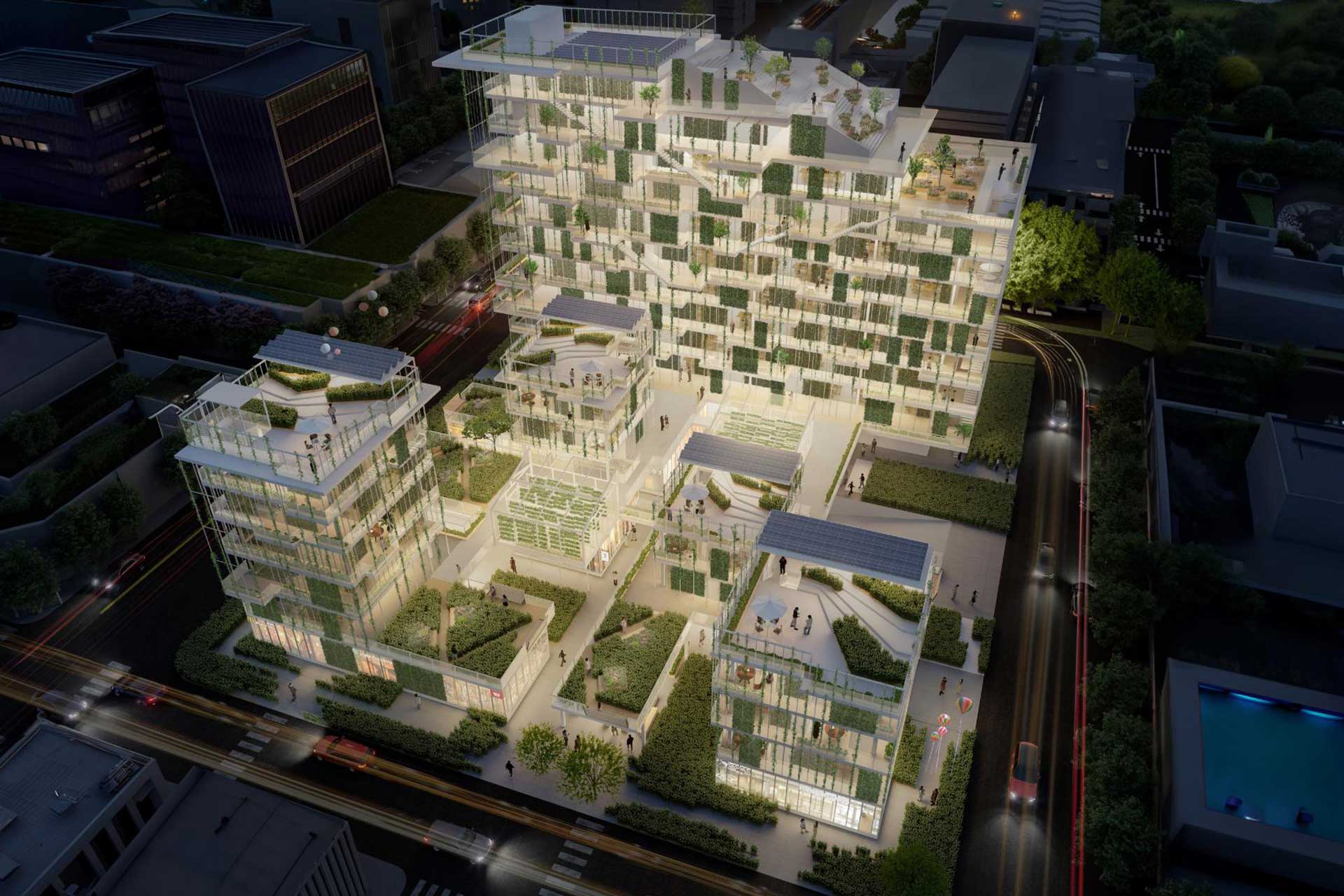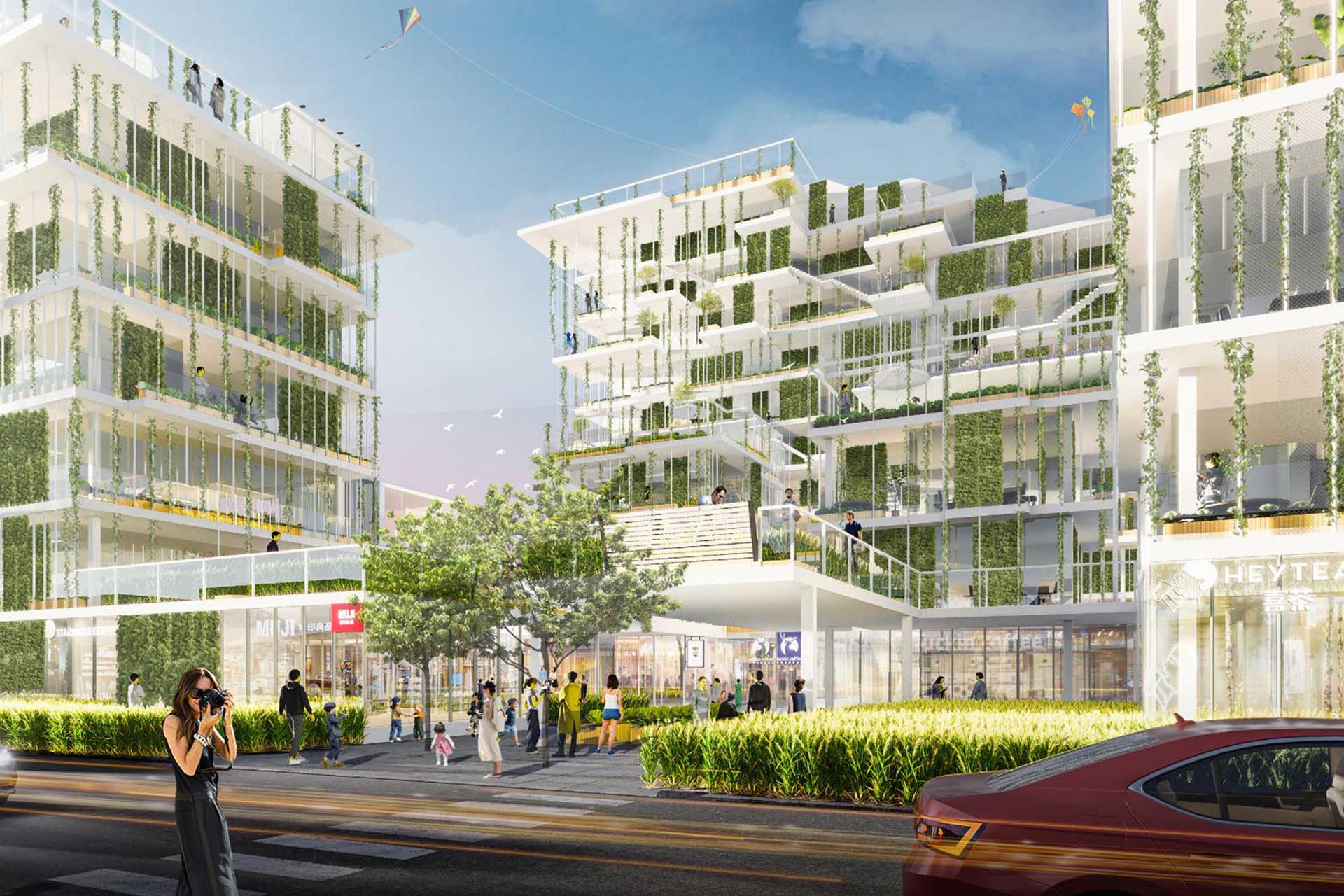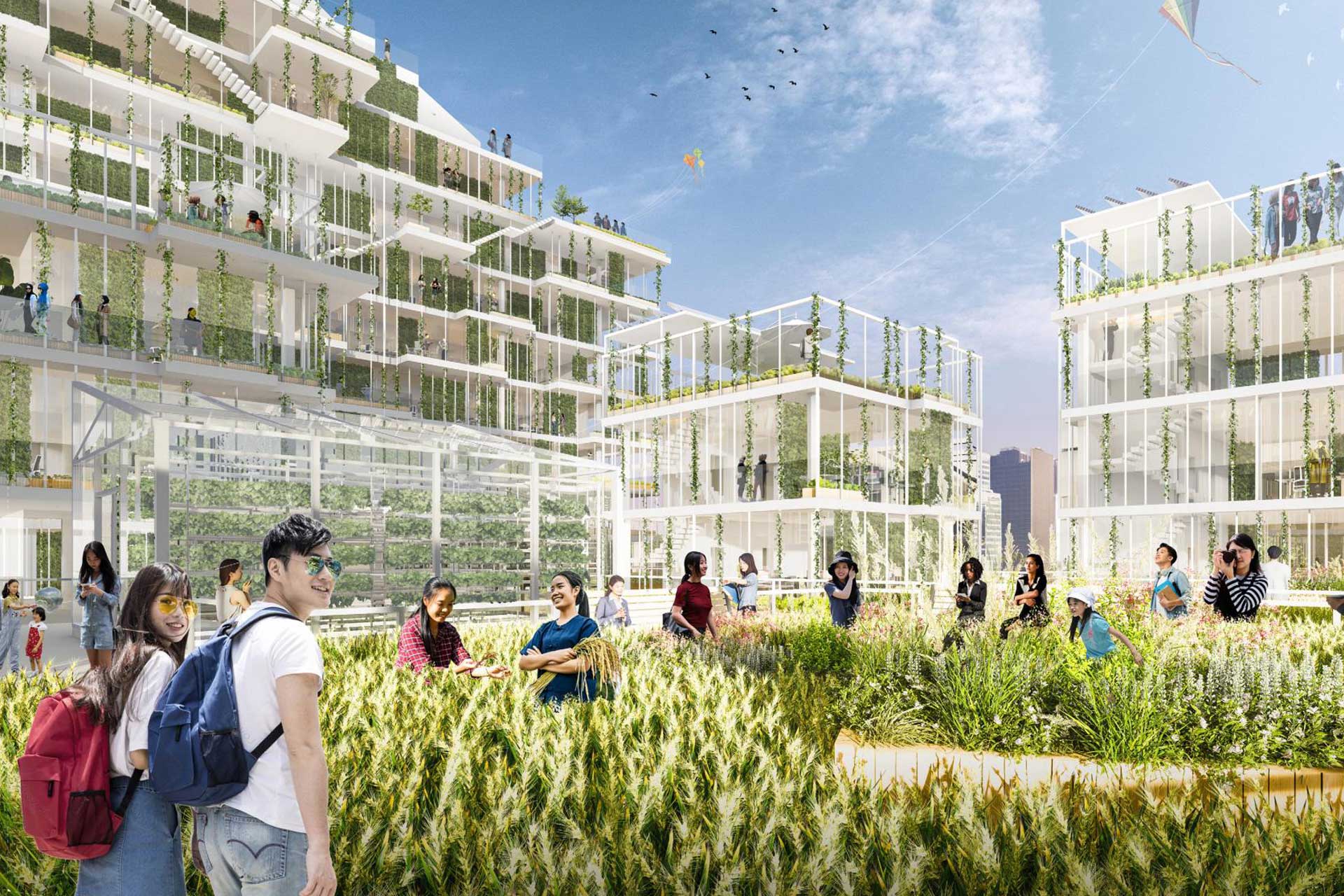Wei Dou of SWA Group: Innovating Urban Spaces Across the Globe

Anna Izmailova: Leading the Charge in Advancing Animal Welfare through Innovation
January 13, 2025
Daren Cheng Talks about Redefining Global UX/UI Design Using Simplicity, Balance & Connection
January 14, 2025I am an award-winning designer with over 10 years of experience in the creative and design industry. Currently, I focus on designing physical spaces for emerging cities in Asia, parks in New York City, and urban spaces worldwide.
I have a strong passion for cutting-edge technology and prioritize sustainability in my work, believing that design has the power to transform the world for the better. My approach is rooted in a commitment to innovation, functionality, and community engagement, as I strive to create environments that inspire and uplift.
I became a designer out of a desire to express my ideas and an urge to help others. Design is a powerful medium that allows me to translate my visions into tangible solutions that impact people's lives. I am committed to creating environments that enhance aesthetic appeal while addressing the needs of individuals and communities.
Ultimately, my passion for design stems from the combination of creativity and service, enabling me to make a meaningful difference in the world.
I am a landscape architectural designer currently working at SWA Group, a leading firm known for its commitment to innovative and sustainable design practices. In my role, I focus on large-scale urban design master plans, which encompass a wide range of projects including parks, plazas, and cultural public spaces.
My work involves collaborating with multidisciplinary teams to create vibrant, functional, and aesthetically pleasing environments that enhance community life. I engage in various stages of the design process, from initial research and concept development to detailed design and implementation.
A significant aspect of my job is understanding the social, cultural, and ecological contexts of each project. This ensures that the designs not only meet the practical needs of users but also resonate with the community and contribute positively to the surrounding environment. I strive to incorporate sustainable practices and innovative solutions that address contemporary urban challenges while promoting resilience and connectivity within the spaces we create.
Ultimately, my goal is to design landscapes that enrich people's lives, foster community engagement, and enhance the natural environment, leaving a lasting impact on the urban fabric.
In addition to my role as a landscape architectural designer at SWA Group, I also pursue my passion for visual and interaction design in my free time. I work on projects involving virtual reality (VR) and artificial intelligence (AI) products, where I apply my creative skills to create engaging and immersive experiences.
In this capacity, I focus on designing intuitive user interfaces and interactions that enhance the overall user experience. My work involves understanding user needs and behaviors to develop designs that are not only visually appealing but also functional and user-friendly. I enjoy exploring the intersection of technology and design, leveraging emerging tools to push the boundaries of how people interact with digital environments.
Working on VR and AI projects allows me to engage with cutting-edge technologies, providing a unique opportunity to create experiences that can transform how users perceive and interact with the world around them. By blending my expertise in landscape architecture with my interest in visual and interaction design, I strive to create holistic and meaningful experiences that resonate with users across various platforms.
To me, design is a multifaceted process that encompasses gathering resources and allocating them effectively to achieve a desired outcome. It represents goodwill and the intention to create positive impacts in the world. Design requires an eye for detail, allowing for the meticulous refinement of ideas and solutions that enhance the user experience.
Moreover, design is fueled by wild imagination—the ability to envision possibilities that extend beyond the ordinary. It’s about pushing boundaries and exploring creative avenues to solve problems in innovative ways.
Finally, design thrives on collaboration and meditation. Working with others fosters diverse perspectives and ideas, leading to richer and more effective solutions. At the same time, taking moments for reflection allows designers to connect deeply with their ideas and intentions, ensuring that the end result aligns with their vision and purpose.
In essence, design is an intricate dance of resources, creativity, and collaboration aimed at enriching lives and environments.
My favorite kind of design is one that serves everyone, not just the owner or a select few, but all stakeholders involved. I believe this approach embodies the true value of design—it effectively gathers resources and creates solutions that benefit the broader community.
Design should have a positive impact on the world, enhancing the quality of life for everyone it touches. By considering the needs and perspectives of diverse users, we can create inclusive and equitable spaces that foster connection and collaboration.
This holistic approach not only addresses immediate concerns but also promotes sustainability and social responsibility. Ultimately, I’m drawn to designs that bring people together and contribute to a better world for all, reflecting our interconnectedness as a community.
To me, a good design is one that evokes emotions and resonates with people on a deeper level. It's about creating spaces or products that make individuals feel something in their hearts, whether it's joy, comfort, or inspiration. Good design often has an intangible quality; it provides benefits that might go unnoticed in our daily lives but become apparent when something goes wrong or breaks down.
This hidden value manifests in the functionality and seamless integration of design into everyday experiences. When a design is truly effective, it enhances our lives without demanding our attention, allowing us to navigate our environments with ease and satisfaction. Ultimately, a good design enriches the human experience, fostering connection, well-being, and a sense of belonging.
My design style is characterized by elegance, empathy, and a focus on the moments that shape everyday life. I strive to create spaces that are not only visually appealing but also resonate with the emotions and experiences of the people who use them.
Elegance: I believe in the power of simplicity and sophistication. My designs often feature clean lines, harmonious color palettes, and thoughtful materials that enhance the overall aesthetic without overwhelming the senses.
Empathy: Understanding the needs and feelings of the users is at the core of my design philosophy. I aim to create environments that foster connection, comfort, and well-being, ensuring that each space caters to the diverse experiences of its occupants.
Focus on Moments: I pay particular attention to the small moments in daily life—those fleeting interactions and experiences that often go unnoticed. By designing spaces that encourage these moments, I hope to create opportunities for joy, reflection, and connection in everyday activities.
Overall, my design style seeks to blend beauty with purpose, crafting environments that elevate the human experience while remaining true to the context and culture they inhabit.
My design process begins with thorough research and information gathering, which I find to be a crucial phase. This stage can be quite time-consuming, but I believe it sets a solid foundation for the entire project. During this period, I immerse myself in understanding the context, history, and needs related to the design, ensuring that I have a comprehensive grasp of all aspects before moving forward.
Only after this research phase concludes do I begin to sketch or draw anything. My initial drafts focus on high-level visions, allowing my imagination to take flight without being constrained by construction details or practical limitations.
This approach enables me to explore creative possibilities and envision how the space could function and feel, fostering an atmosphere where innovative ideas can thrive. Once I have a strong conceptual framework, I can then transition into more detailed planning and execution, grounding those high-level visions in practical design solutions.
Absolutely! My country and its cultural heritage profoundly influence my design process. They provide essential context that informs my decisions and creative direction.
For instance, in the project transforming farmland into a mixed-use complex, I made a conscious effort to preserve the nostalgic elements that are deeply rooted in Chinese culture. This involved understanding the historical significance of the land and integrating those cultural aspects into the design.
Additionally, I aimed to address the needs of contemporary Chinese college students and young entrepreneurs. Recognizing their aspirations and challenges allowed me to create a space that resonates with their experiences while honoring the cultural legacy of the area. By blending tradition with modern needs, I strive to create designs that are not only functional but also rich in cultural significance and relevance.
Thank you! Winning the 2024 MUSE Design Awards is incredibly meaningful for me, my company, and my team. It signifies that more people will have the opportunity to see and appreciate my work, which I am thrilled about. Showcasing my design ideas on such a prestigious platform validates the hard work and creativity we put into our projects.
Receiving this award also reinforces that my skills and ideas are recognized and valued in the design community. It serves as motivation for me and my team to continue pushing boundaries and striving for excellence in our future endeavors. This recognition not only elevates our professional standing but also inspires us to keep innovating and exploring new possibilities in design.
The project I entered into the 2024 MUSE Design Awards is a transformative initiative that converts farmland into a mixed-use complex. This design aims to generate more financial value while preserving cultural and ecological aspects of the site.
The background of this project is significant, as the planning authorities decided to change the land’s use from agricultural to commercial. In an ideal world, I believe untouched green land should be preserved, but given this context, I saw an opportunity to approach the development sustainably.
I chose to enter this project to demonstrate that sustainability can be integrated into any type of development, regardless of its intended use. It highlights that sustainability is not merely a trend but a design framework that transcends limitations.
Designers have the power to be creative and innovative, even in challenging circumstances, to create spaces that respect the environment while serving the community’s needs. This project exemplifies how thoughtful design can balance economic growth with ecological responsibility and cultural preservation.
The biggest challenge with this project was ensuring that the design for the operational system was as effective and feasible as the physical space itself. It required a holistic approach, where every element of the design needed to seamlessly integrate with the operational framework. Balancing aesthetic appeal with functionality demanded a deep understanding of both the space and the systems that would support its use.
This meant collaborating closely with various stakeholders, including engineers, architects, and users, to gather insights and ensure that the operational aspects were not an afterthought. It was crucial to create a design that not only looked good but also operated smoothly and efficiently, making the entire experience more enjoyable and effective.
Finding that equilibrium was challenging but ultimately rewarding, as it reinforced the importance of designing with both vision and practicality in mind.
Winning the MUSE Design Awards has significantly boosted my career by providing recognition for my work and solidifying my identity as a designer. It validates the effort and passion I put into my projects, opening up new opportunities for collaboration and professional growth. This recognition not only enhances my credibility in the industry but also motivates me to push my creative boundaries further.
Additionally, being acknowledged in this way encourages me to continue striving for excellence and innovation in my designs. It serves as a powerful reminder that my unique perspective and approach have value, reinforcing my commitment to making meaningful contributions to the field.
Ultimately, this award positions me for future success, helping to pave the way for new projects, partnerships, and endeavors as I evolve in my design practice.
I currently live in the United States and grew up in China, and the blend of these two cultures gives me a rich and diverse perspective on design. The mix of Western and Eastern influences offers a “spicy yet interesting” comparison that constantly inspires me. It’s more than just merging styles—it’s about absorbing different ways of thinking, solving problems, and approaching design.
This dual-cultural experience has taught me to appreciate the diversity and complexity of people and places. It’s challenging at times, but it’s also incredibly rewarding because it pushes me to think beyond a single cultural framework. It reminds me daily that design must reflect the fact that people are different, with varied needs and perspectives. This global understanding makes my approach to design more inclusive and adaptable, blending the best of both worlds.
I believe the future of the design industry will emphasize the rise of all-rounded designers. These designers will not only excel in visual and craft skills but also possess strong product thinking, management abilities, and the flexibility to take on leadership roles while fostering collaboration. Versatility will be crucial, as designers will be expected to wear many hats—navigating design, strategy, and teamwork with ease.
Additionally, AI technology will play a transformative role, becoming deeply integrated into the design process. AI tools will empower designers to explore creative possibilities faster and more efficiently, handling repetitive tasks and offering data-driven insights. Designers who embrace these technologies will be able to focus more on the conceptual and human-centered aspects of design, pushing the boundaries of innovation.
Ultimately, the industry will value those who can blend creativity with strategy, leverage AI to unlock new potentials, and remain adaptable in an increasingly collaborative and tech-driven environment.
Stay true to yourself and be confident in what moves and inspires you the most. Your unique perspective is your greatest asset—don’t feel pressured to conform to trends or expectations. Design from the heart, let your passion shine through, and trust in your creative instincts.
Awards like the MUSE Design Awards celebrate innovation and authenticity, so focus on what makes your work stand out and embrace that personal story or vision that drives your designs. Believe in your voice, stay curious, and continuously push boundaries to create work that is both meaningful and impactful.
I would recommend always sticking to your core values. No matter what trends come and go, it's crucial to build a strong design foundation and maintain it. Absorb new information, but use it to shape and refine your core design principles rather than completely altering them.
That being said, staying updated with new possibilities is key, especially when it comes to emerging tools like AI and generative design. These technologies can enhance creativity, helping designers explore new dimensions and efficiencies in their work. I'd suggest exploring and learning about AI tools such as MidJourney, Runway, or ChatGPT to elevate creative potential.
I have a deep fear of time passing too fast. There's so much I want to learn, experience, and explore, and I sometimes feel like there’s not enough time to do it all. As a designer, this feeling is even more intense—I often find myself wishing I could fast-forward just to see how my work will impact people in the future, especially those far away.
The thought of seeing the long-term effects of my designs excites me, but it also makes me feel like time is slipping through my fingers.
The women who independently run their businesses and infuse everything they design with a feminine touch have been my biggest inspiration. These women lead with empathy, creativity, and a unique perspective that resonates deeply with their audience. They balance strength and sensitivity, creating spaces and products that not only function well but also connect with people on an emotional level.
Their ability to blend innovation with compassion inspires me to design with intention and purpose, while embracing my own identity and voice as a female creator.
My key to success is always designing with my own story. By weaving my personal experiences, values, and perspectives into my work, I ensure each project is meaningful and unique. I also design with vision and imagination, which allows me to push boundaries and create innovative solutions. This combination of personal narrative and creative foresight drives me forward in every project.
My parting words of wisdom are to always stay true to yourself in your work. Authenticity is powerful, and when you design with your own story, your vision will naturally shine through. Keep imagining, keep pushing limits, and trust in your creative process.
Wei Dou
Wei Dou, an award-winning designer with over 10 years of experience, is a landscape architectural designer at SWA Group. She specializes in creating physical spaces for emerging cities in Asia, parks in New York City, and urban spaces worldwide.
Explore the journey of Jing Xu, the Platinum Winner at the 2024 MUSE Design Awards. She is an architect and design principal at 00Group, a Shanghai-based studio she co-founded, creates contemporary spaces blending oriental aesthetics, drawing from her experience with renowned firms like DS+R, Steven Holl, Bjarke Ingels Group, and UNStudio.
